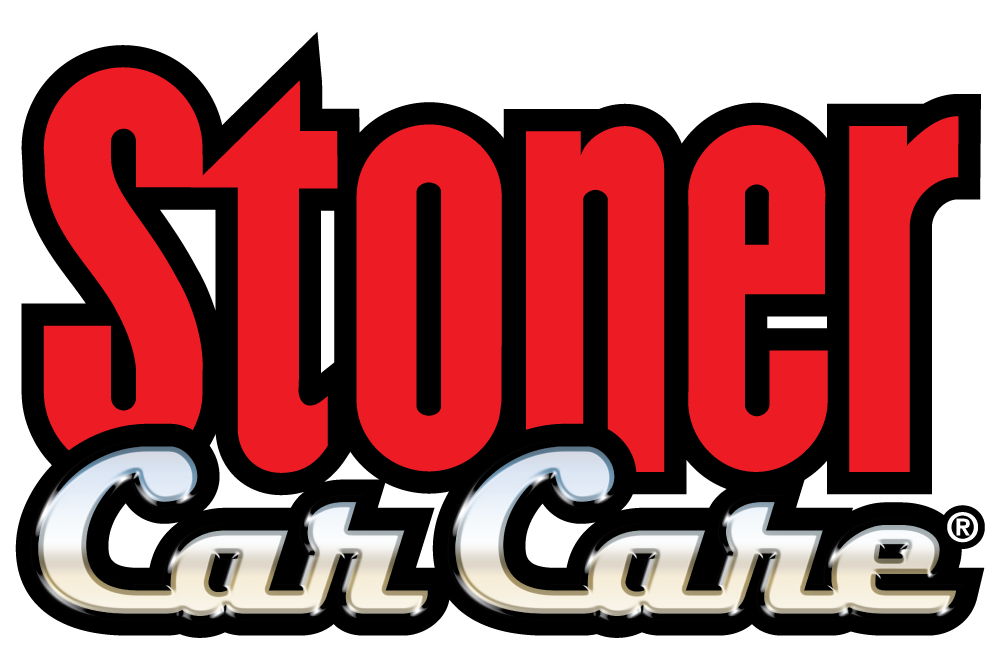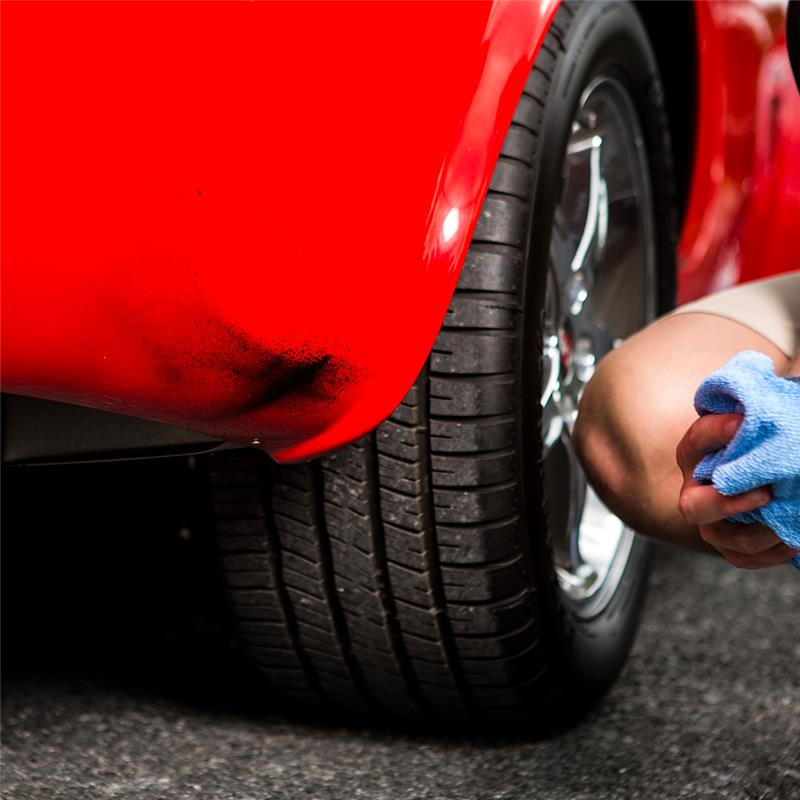Clear vision ahead with our holiday markdowns on Invisible Glass Ceramic Silicone Wiper Blades. Prices as marked.
Sticky sap, dried bug splatter, and fresh tar are some of the most frustrating things to find on your car’s paint. They look bad, they cling tightly to the surface, and if left alone, they can dull or damage your finish. The good news is that you can remove all three safely with the right tools, a careful approach, and a bit of patience. This guide walks you through the step—by—step process of removing each one, keeping your paint protected and your car looking its best.
Why Tar, Sap, and Bugs Are So Harmful
Tree sap, bug splatter, and road tar may seem like minor issues, but they can create lasting damage if left on the surface. Sap hardens under the sun and bonds tightly to the paint. Bug remains contain acids that break down the clear coat, often leaving behind stains or etched marks. Tar stays sticky and collects dirt, making it harder to remove the longer it sits.
The real risk comes from how people try to clean these contaminants. Scrubbing with abrasive brushes or reaching for household chemicals can scratch the paint or dull the finish. The goal is to remove each one thoroughly, using the correct method to protect the surface at every step.
The Right Tools for the Job
Before you begin, make sure you have the proper tools to clean without damaging your paint. The goal is to lift tar, sap, and bugs safely, without scratching the surface or using chemicals that strip protective coatings.
One of the most effective products for this task is Stoner Car Care Tarminator. It’s designed specifically for automotive finishes and breaks down sticky contaminants like sap, bug remains, and tar without damaging paint or clear coat. Professional detailers trust it because it works quickly, rinses clean, and is safe on surfaces like chrome, plastic trim, and even wheels.
You’ll also want to have these tools on hand:
● A bucket of clean water and pH-balanced car shampoo for rinsing
● Quality microfiber towels to prevent marring or streaks
● A clay bar or clay mitt for follow-up decontamination
● Nitrile gloves to protect your hands during solvent use
Having the right tools from the start ensures a safer and more efficient process, helping to maintain the integrity of your paint.
Step 1: Pre-Wash Your Car
Start by giving your car a basic wash. Rinse the affected panels thoroughly to remove any loose dirt or grit that could scratch the surface. Once the surface is clean, identify the areas where tar, sap, or bugs remain.
Step 2: Apply Stoner Car Care Tarminator
Spray Tarminator directly onto the contaminated spot. It’s best to work one small section at a time to prevent the product from drying out. Let the cleaner dwell for about 30 to 60 seconds. You’ll notice that tar starts to soften and sap loosens its grip almost immediately.
Step 3: Wipe Away Contaminants
Using a clean microfiber towel, gently wipe the area. Avoid scrubbing or applying too much pressure, as the cleaner should be doing most of the work. For stubborn spots, reapply Tarminator and repeat the process until the contaminant is gone.
Step 4: Rinse and Dry
Once the surface looks clean, rewash the panel with car shampoo to neutralize any remaining product. Rinse thoroughly and dry with a fresh microfiber towel.
Step 5: Clay Bar Treatment
For extra smoothness, follow up with a clay bar treatment. Glide the clay bar across the paint with the help of a clay lubricant. This will remove any microscopic residues left behind and prepare the surface for protection.
Not sure how to use a clay bar? Check out our guide on how to clay bar your car for step-by-step instructions that help restore smoothness and shine.
Preventing Future Contamination
Removing tar, sap, and bugs is only part of the process. To keep your paint protected in the long term, prevention is just as important. After cleaning, apply a protective layer such as a wax, paint sealant, or ceramic detailer. These products create a smooth barrier that makes it harder for contaminants to adhere. When debris does land on the surface, it becomes much easier to wash away.
A good option for ongoing protection is Stoner Car Care Hybrid Ceramic Detailer. This spray-on formula uses SiO2 technology to add shine, improve water beading, and protect against UV rays, road grime, and organic buildup. One application lasts for months and helps keep your finish looking freshly detailed.
Don’t Try This at Home: Internet Myths That Can Damage Your Paint
Some DIY methods might sound clever, but they often do more harm than good. These common internet suggestions can strip clear coat, leave stains, or scratch your finish:
|
What People Try |
Why It’s Risky |
|
🚫 Rubbing Alcohol |
Can dry out paint and damage protective coatings |
|
🚫 WD-40 |
Leaves oily residue and may attract dust or dirt |
|
🚫 Peanut Butter |
Contains oils and grit that can scratch or smear |
|
🚫 Magic Erasers |
Acts like fine sandpaper and can dull your clear coat |
|
🚫 Dish Soap |
Strips wax and sealants, leaving paint unprotected |
For safer results, always use products made for automotive surfaces.
Keep Your Paint Protected and Contaminant-Free
Tar, sap, and bug splatter may be tough, but they’re no match for the right process. With the proper tools, a careful approach, and the right products, you can tackle the job at home without risking your finish. Start with a thorough wash, apply Stoner Car Care Tarminator to the affected areas, wipe gently, and follow up with a clay treatment if needed. Finish by applying a layer of protection, such as wax or ceramic detailer, to make future cleanings easier.
Protecting your vehicle’s paint does more than improve its appearance. It helps maintain resale value and keeps your car looking newer, longer. A consistent routine and the right detailing products will go a long way toward keeping your finish glossy, smooth, and protected for the road ahead.

